Nicole's husband must feel like the luckiest man alive. She’s crafted not just one or two, but eight All Day Shirts for him. Here, she shares her journey and insights on making these timeless pieces. Name: Nicole Where can we find you online? Blog, Instagram Project Details Link to your project: This pattern has become my go-to for men’s shirts. You can see the collection here. Pattern used: Liesl + Co All Day Shirt (View A). Fabric used: These shirts are made from various cotton men’s shirting fabrics sourced from Mood Fabrics in New York and a short sleeve version from Fishman’s Fabrics in Chicago. Did the fabrics work well? Honestly, every fabric I've tried so far has been fantastic. Whether it’s a bold print or a subtle stripe, each one transforms beautifully into an All Day Shirt. How did the sewing go? This pattern holds a special place in my heart because it was the first pattern I ever purchased and used. Before this, I was mostly winging it with dresses for myself. When it came to making a shirt for my husband, I knew I needed proper guidance, so I bought this pattern during a work trip to Seattle. Seeing the difficulty level rated at three scissors out of four, I thought, “Why not give it a shot?†At first glance, the pattern seemed quite complex, but after reading the instructions twice, everything became clearer. Even as a beginner, I found the steps straightforward and easy to follow. One thing I’ve learned over time is how important it is to pay attention to the notches when cutting out your pieces. Aligning them properly ensures your final product looks polished and professional. I’ve now completed eight shirts: six long-sleeved versions, one short-sleeved modification, and another long-sleeved shirt that met an unfortunate fate when a rogue red pen found its way into the wash (RIP). I particularly enjoy making View A because it results in such a classic-looking dress shirt. As I work through the process, there are several key features I always consider. First up is the front pocket. For View A, the pocket is simple yet elegant, and I like to add my own embroidered insignia in the corner. The back of the shirt is equally neat, featuring two small pleats. I always try to ensure the pattern matches perfectly at the seam where the yoke meets the back panel. The plackets were a completely new experience for me, but the instructions were crystal clear, even for a novice like me. I’d recommend taking the time to iron each piece before sewing and don’t hesitate to use pins! You’ll also notice my insignia on the pocket in this image. Another tweak I’ve incorporated is finishing the edges with homemade bias tape instead of turning the hem. This allows me to use up some of my fabric scraps while giving the hem a flatter finish. After mastering these details, the next step is obvious—make more! And remember to check which side the buttonholes go on. There might be a shirt out there with buttonholes on both sides. I’m not telling which one! I absolutely love all the details in these shirts. The collar is modern and versatile, looking great in almost any print. Plus, there’s a clever collar stay feature that adds extra polish. I’ve also experimented with a short sleeve modification. To shorten the sleeves, I measured my husband’s arm from the shoulder point to the desired length above the elbow, added ½ inch for seam allowance, and folded the pattern piece accordingly. Double-checking that the underarm sleeve lengths matched ensured symmetry. Inside out, you’ll notice I finished the shirt with French seams and bias trim at the sleeve hem. Skipping the plackets and cuffs for short sleeves reduces sewing time by about 30%. If your fabric allows, French seams are a comfortable and stylish choice for wearers. It’s endlessly rewarding to create these shirts. Once you start, you just want to keep going! What was the best part? Being asked to write this piece ranks high among my sewing experiences for men’s clothing. Thank you to my family and friends for their encouragement along the way. All photos were taken by @sfenfoto. Microfiber sports towels are a type of towel that is designed
specifically for use during physical activity. These towels are
typically made from a blend of polyester and polyamide fibers, which are
woven together to create a highly absorbent and quick-drying fabric. Microfiber Sports Towel,Personalised Sports Towels,Gym Towel,Microfiber Sport Towel,pool towels,striped beach towels suzhou bangneng textile co.,ltd , https://www.bangnengtowel.com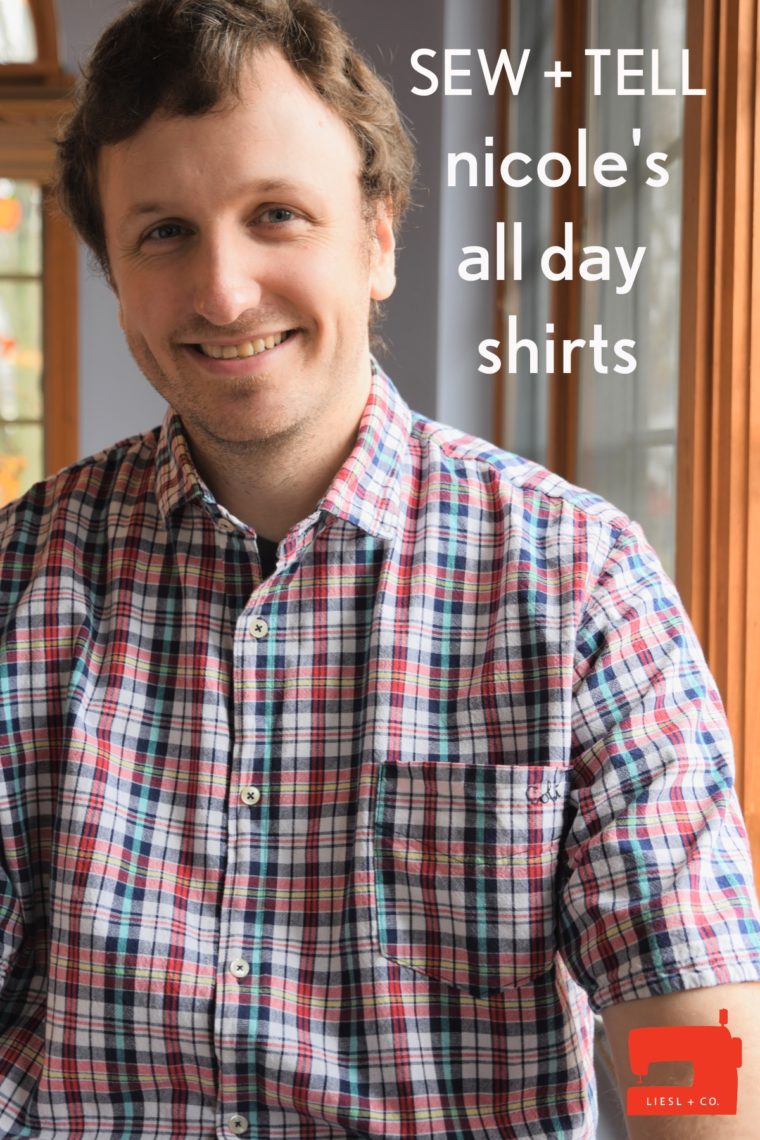
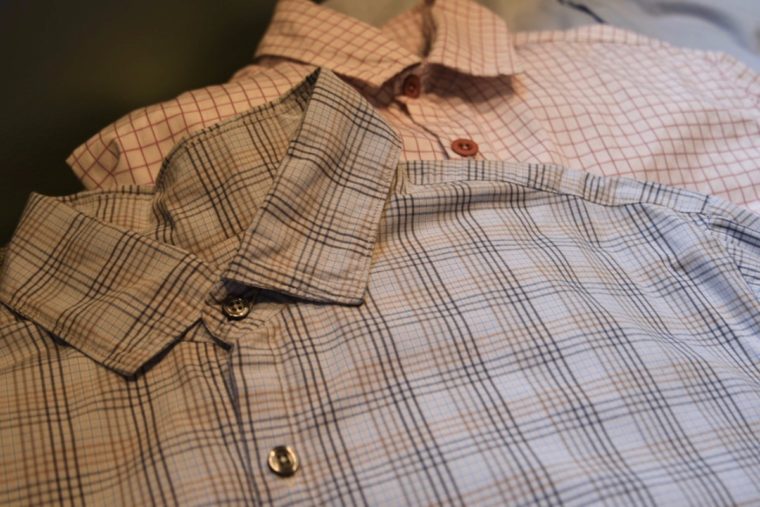
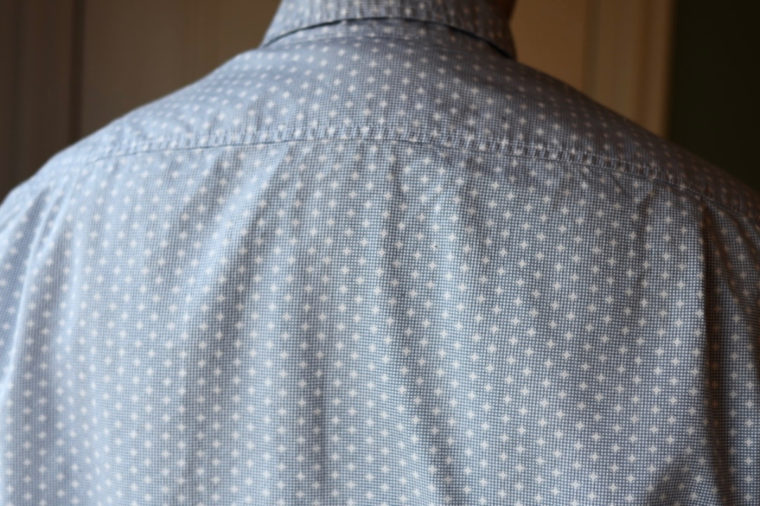
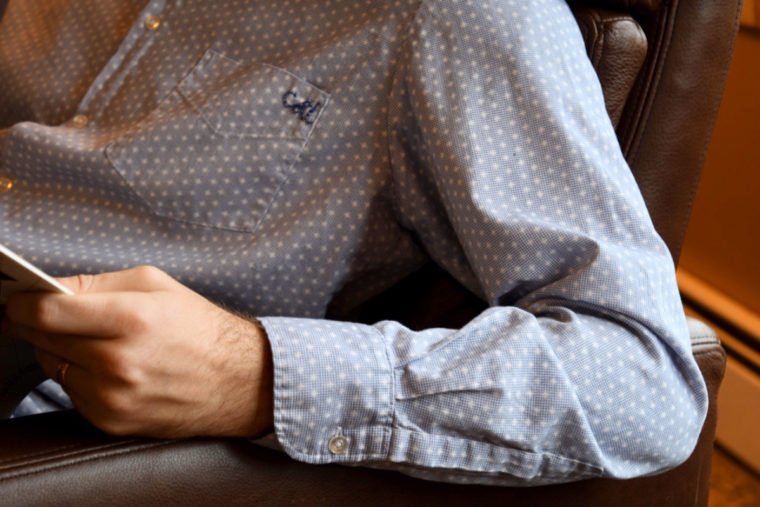
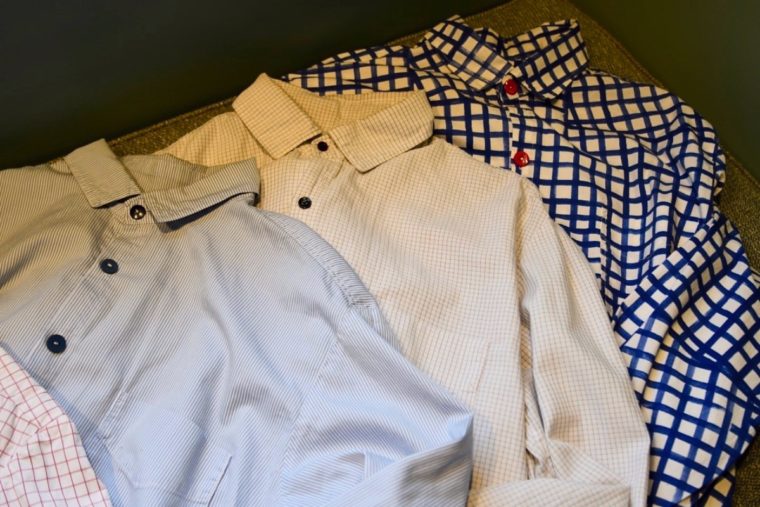
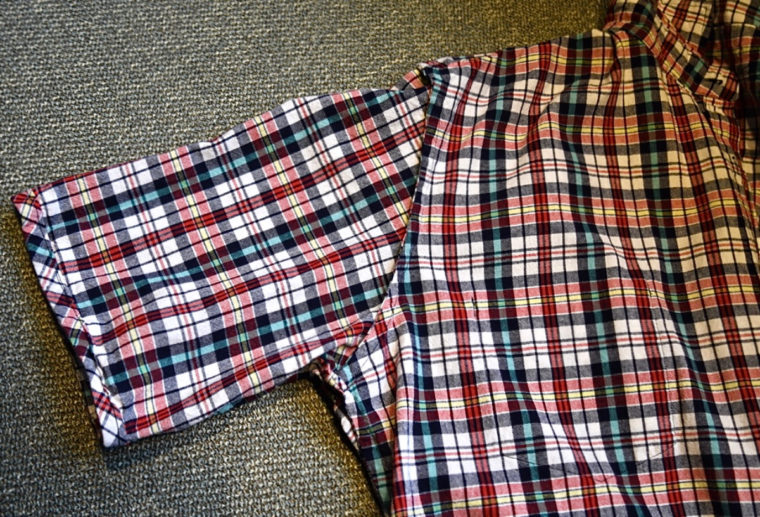
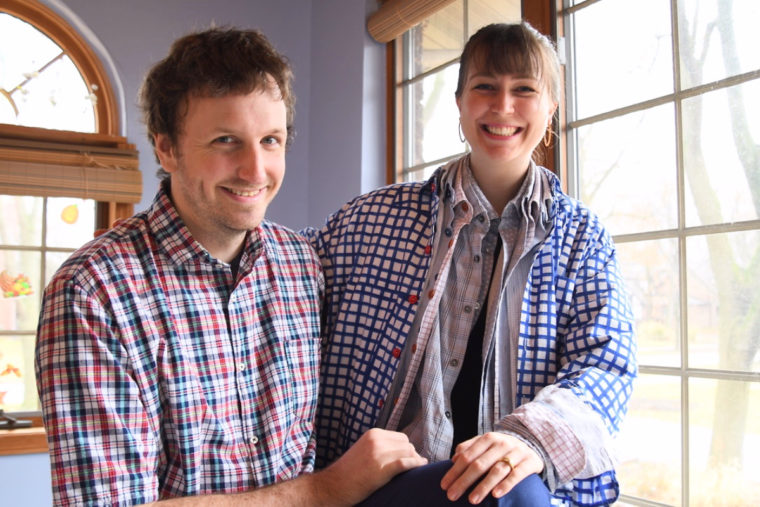
(adsbygoogle = window.adsbygoogle || []).push({});
Â
Microfiber sports towels are lightweight and compact, making them easy
to carry in a gym bag or backpack. They are also highly durable, and can
withstand frequent washing without losing their absorbency or softness.
These towels are available in a variety of sizes and colors, and may
feature additional features such as antimicrobial properties to prevent
the growth of bacteria and odors. Some microfiber sports towels also
include pockets or loops for easy attachment to gym equipment or
clothing.
Overall, microfiber sports towels are a convenient and practical choice
for anyone who enjoys physical activity and needs a reliable and
absorbent towel to help them stay comfortable and dry.